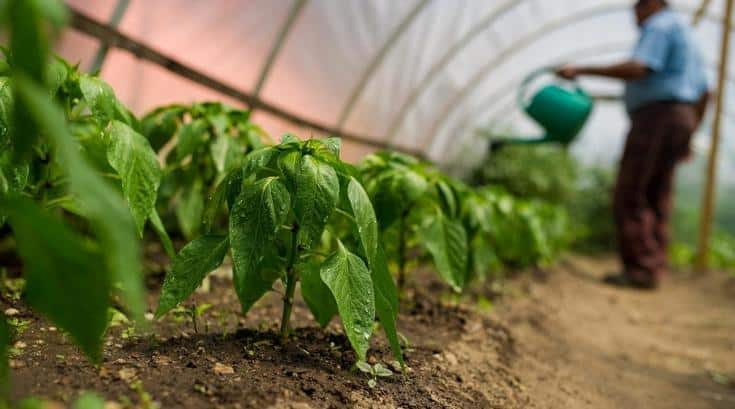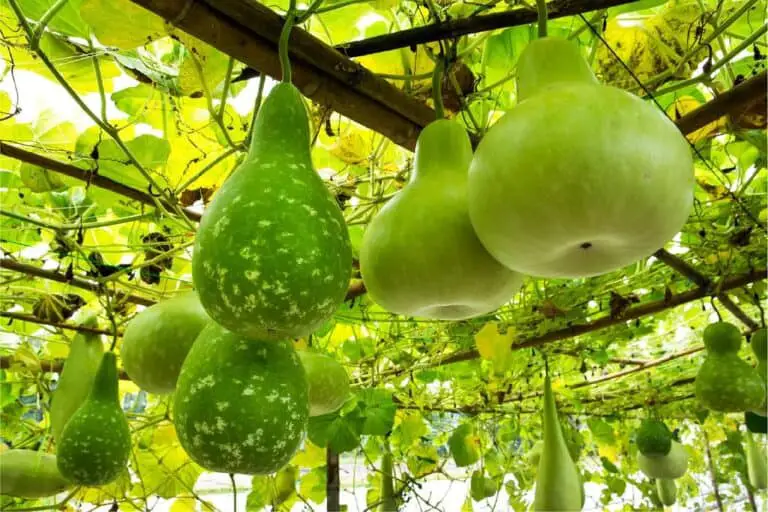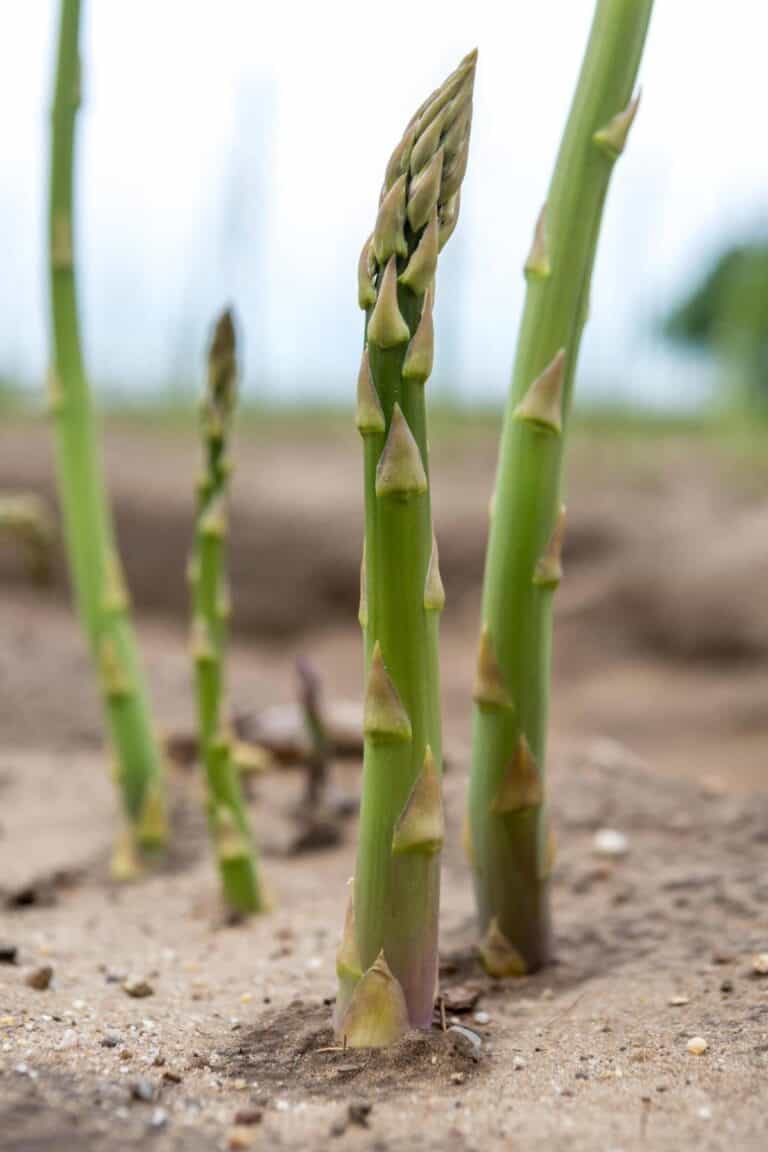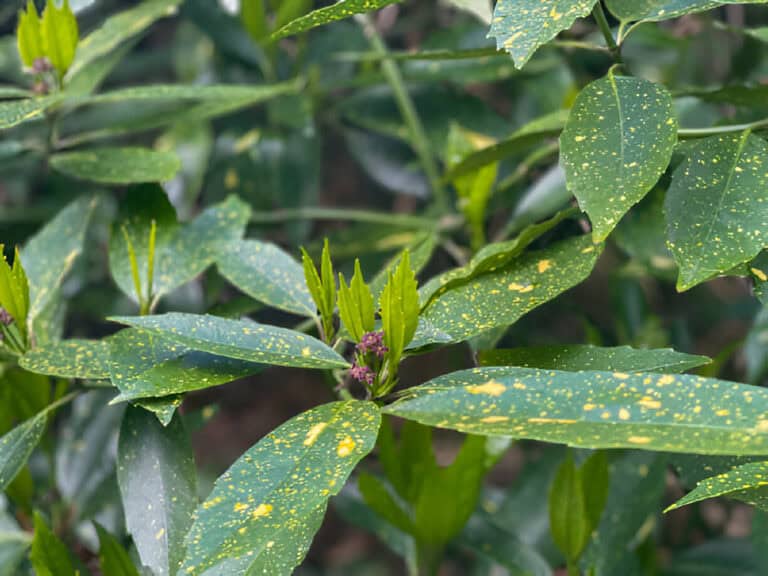Surprising Uses for Mykos: Can You Really Put It in Water?
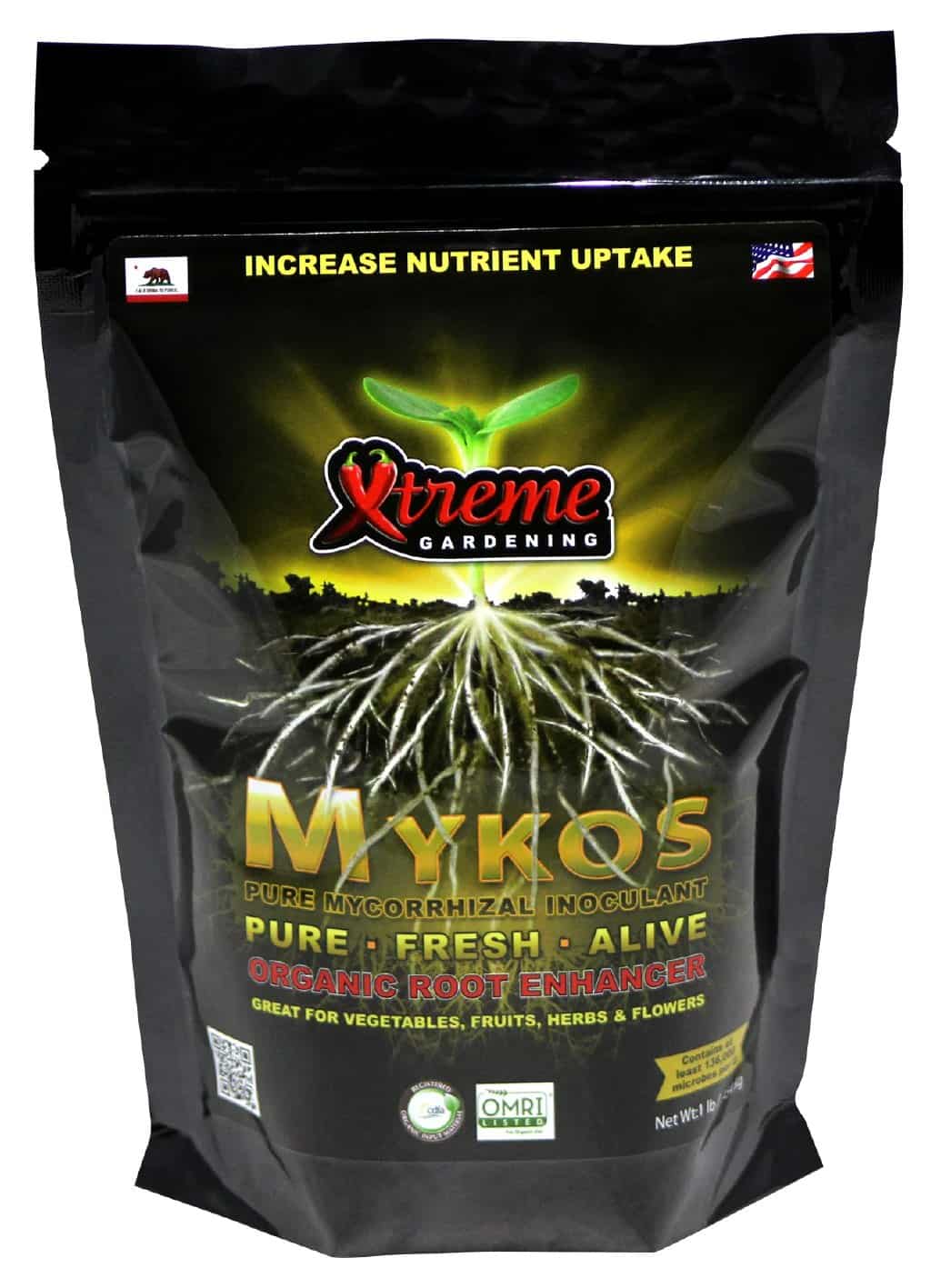
Mykos, a brand of mycorrhizal fungi, has become a staple in the toolkit of many gardeners and horticulturists. Have you ever wondered if Mykos can be used in water?
This question might surprise many gardeners and plant fans. They are used for traditional soil applications. In this article, we’ll explore the surprising uses of Mykos and whether it’s effective when dissolved in water.
Understanding Mykos’ versatility can unlock new ways to boost your plants’ health and growth. It may revolutionize your gardening. Dive in to discover how you can make the most out of this remarkable natural product.
What is Mykos?
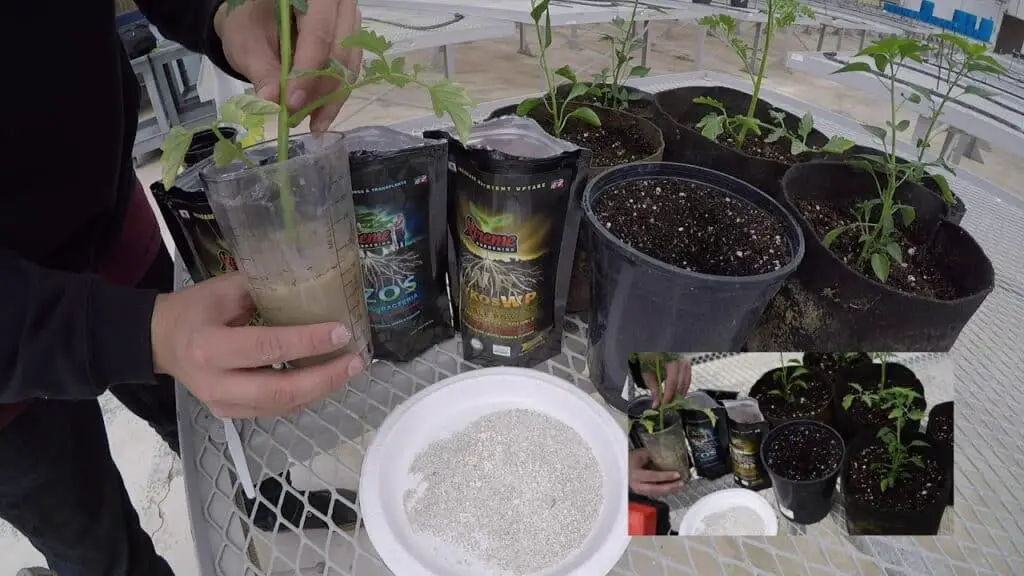
Mykos is a form of mycorrhizal fungi, specifically Glomus intraradices. This helpful fungus forms a symbiotic relationship with plant roots. It greatly improves the plant’s ability to absorb nutrients and water.
When you add Mykos to your soil, the fungus sticks to the plant roots and starts to spread. It forms a vast network of filaments called hyphae. This relationship lets plants access nutrients and water better. It leads to healthier, more robust growth.
Mycorrhizal fungi extend a plant’s root system, giving it access to previously inaccessible resources. The fungi’s expanded network increases surface area for absorption. This ensures that plants get a steady supply of crucial nutrients and moisture.
Gardeners who use Mykos often notice a big improvement in plant vigor. Plants grow lush and resist stress better.
Benefits of Mykos
1. Enhanced Nutrient Uptake
One of the primary benefits of Mykos is its ability to enhance nutrient uptake. The fungal filaments extend far beyond the root zone, accessing nutrients that would otherwise be out of reach for the plant. This results in better overall plant health and increased yields.
2. Improved Water Absorption
Mykos helps plants absorb water more efficiently. This is especially helpful in dry areas. It’s also good for plants that need steady moisture. Plants can access water that is located deeper in the soil thanks to the extended root network that the fungi have created.
3. Soil Health
Mykos improves soil structure. It also helps beneficial microorganisms grow. Good soil is essential for sustainable gardening. It supports strong plant growth and resilience to pests and diseases.
Can You Put Mykos in Water?
The traditional method of applying Mykos involves mixing it into the soil or applying it directly to the roots during planting. However, there is growing interest in using Mykos in water-based applications, such as hydroponics or as a soil drench. Here’s how it works and what to consider:
Hydroponics
Hydroponics is a method of growing plants without soil, using nutrient-rich water instead. Incorporating Mykos into hydroponic systems can be beneficial, as the fungi still form symbiotic relationships with the plant roots. To use Mykos in hydroponics, dissolve the recommended amount in water and ensure it remains in contact with the plant roots.
Soil Drench
A soil drench involves mixing Mykos with water and applying it directly to the soil. This method is particularly useful for established plants, as it delivers the fungi directly to the root zone. To prepare a soil drench, dissolve the recommended amount of Mykos in water and apply it evenly around the base of the plants.
Foliar Spray
While less common, Mykos can also be applied as a foliar spray. This involves mixing the fungi with water and spraying it directly onto the plant leaves. The foliar application allows the fungi to enter the plant’s vascular system through the stomata. This promotes plant health.
How to Use Mykos in Water
To use Mykos effectively in water, follow these simple mixing instructions for optimal results. Start by using the recommended ratio of Mykos to water. This ensures that the helpful fungi are at the right level to help your plants.
Once you have measured out the appropriate amounts, stir or shake the mixture thoroughly. This step is crucial. It ensures the Mykos spread evenly in the water. This makes it easier for the fungi to reach the plant roots evenly.
After the mixture is well-blended, apply the solution directly to the soil around the base of your plants. This method lets the fungi establish themselves in the root zone. There, they can help with taking up nutrients and water. Following these steps can help enhance plant growth and overall health in your garden.
Surprising Uses for Mykos
Beyond its conventional applications, Mykos has several surprising uses that can benefit gardeners in unique ways:
Seed Germination
Applying Mykos to seeds during germination can significantly enhance their growth and development. The fungi help young plants grow strong roots. This makes for healthier, more vigorous seedlings.
Transplant Shock
Transplanting can be stressful for plants, often resulting in transplant shock. Adding Mykos during transplanting can help reduce this stress. It does so by improving root growth and nutrient uptake. Simply dust the roots with Mykos before planting or mix it into the transplant hole.
Compost Enhancement
Adding Mykos to compost can accelerate the decomposition process and enhance the nutrient content of the finished compost. The fungi break down organic matter more efficiently, resulting in richer, more fertile compost.
Lawn Care
Mykos can also benefit lawns by improving root growth and nutrient uptake. Applying Mykos to lawns can result in lusher, healthier grass. Use a soil drench method or mix Mykos into the soil during seeding or overseeding.
Practical Tips for Using Mykos
Using Mykos in your gardening routine can significantly enhance plant health and growth. Here are some practical tips to help you get the most out of this beneficial product. Follow these practical tips:
1. Correct Dosage
Always use the recommended dosage as indicated on the Mykos packaging. This ensures the fungi are at the optimal concentration to benefit your plants. Overapplication can lead to imbalances, while underapplication may not provide the desired benefits.
2. Mix Properly
Once you’ve measured the correct amounts, stir or shake the mixture thoroughly to achieve even distribution. This step is crucial. It ensures that the Mykos fungi spread evenly in the solution. This makes it easier for them to reach and benefit all parts of the plant’s roots. A well-mixed solution maximizes the effectiveness of the Mykos.
3. Proper Application
After mixing, apply the solution directly to the soil around the base of your plants. Ensure Mykos comes into direct contact with plant roots or soil. This contact is essential for the fungi to form symbiotic relationships with the plants.
4. Use Regularly
Consider incorporating Mykos into your regular gardening routine. Whether you are planting new seeds, transplanting seedlings, or caring for established plants, Mykos can improve overall plant health. Regular use can lead to stronger, healthier plants that are more resistant to disease and environmental stress, making your gardening efforts more rewarding.
5. Storage
Store Mykos in a cool, dry place to maintain its viability. Proper storage ensures the fungi remain effective for future use.
Mykos in Different Gardening Scenarios
To further show Mykos’s versatility, let’s explore how it is used in gardening.
Vegetable Gardens
In vegetable gardens, Mykos can be applied during planting or as a soil drench. The enhanced nutrient and water uptake leads to healthier, more productive plants. Vegetables like tomatoes, peppers, and cucumbers particularly benefit from Mykos.
Flower Beds
Flower beds thrive with the addition of Mykos. Apply it during planting or as a foliar spray to promote vibrant blooms and healthy growth. Perennials and annuals alike benefit from the enhanced root systems Mykos provides.
Fruit Trees
Fruit trees, with their extensive root systems, can greatly benefit from Mykos. Apply it during planting or as a soil drench around the root zone. The improved nutrient and water uptake results in healthier trees and better fruit production.
Container Gardening
Container gardening presents unique challenges. Plants rely entirely on the limited soil in the container. Mykos helps maximize the efficiency of this soil, promoting healthy growth. Apply Mykos during planting or as a soil drench for established plants.
Houseplants
Houseplants also benefit from Mykos. Apply it during repotting or as a soil drench to improve root health and overall plant vigor. The enhanced nutrient uptake leads to more vibrant, resilient houseplants.
Conclusion
Mykos, with its myriad benefits, is a powerful tool for gardeners looking to enhance plant health and productivity. Its traditional uses in soil and direct root contact are well documented. But, its use in water-based applications, such as hydroponics, soil drenches, and foliar sprays, opens new options.
It improves seed germination. It reduces transplant shock and enhances compost. Mykos is a versatile and vital addition to any gardener’s toolkit.

